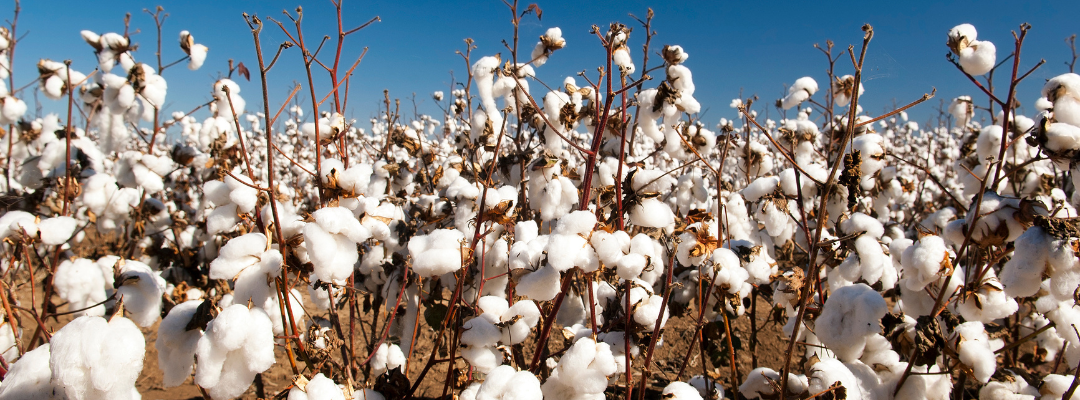As we’ve traveled throughout the Southern United States over the past two months, one of the questions we’ve most often been asked is whether a producer should purchase a Stacked Income Protection Plan (STAX) insurance policy for the 2022 crop year. While we would never presume to know what’s best for a producer – because we are neither on the hook for paying the premiums nor do we know a particular producer’s financial situation or appetite for risk – we have been encouraging producers to take a very close look at STAX and to exhaust that option before considering any other alternatives. Generally speaking, area-wide policies like STAX can serve as an effective complement to an individual crop insurance policy. With prices at their current levels, that option arguably becomes even more important.
STAX was first authorized under the 2014 Farm Bill. It was retained in the Bipartisan Budget Act of 2018 and the 2018 Farm Bill, but both bills required producers to choose between (1) Price Loss Coverage (PLC) or Agriculture Risk Coverage (ARC) and (2) STAX. Any farm (FSA Farm Number) with seed cotton base enrolled in ARC or PLC is ineligible for STAX. As a result, most producers we talk to are currently trying to choose between ARC (particularly ARC County, or ARC-CO) and STAX.
While there are a number of factors that must be taken into consideration – for example, how much seed cotton base do you have on your farm and do you plan to plant that farm to cotton – in the example that follows we attempt to draw some comparisons between ARC-CO and STAX. For those parts of the cotton belt with February 28th sales closing dates (including the Arkansas, Georgia, and Mississippi counties in the example below), the projected price for crop insurance has been set at $1.02/lb with a 0.22 volatility factor (which is used to establish crop insurance premiums). While the Texas and Oklahoma counties have a March 15th sales closing date and are still undergoing price discovery, the analysis that follows uses the same price assumptions. The analysis also assumes that the maximum amount of STAX is being purchased, including a 20% coverage level with a 120% protection factor. If a producer has an underlying crop insurance coverage level above 70%, then the STAX coverage would be reduced.
Table 1 below illustrates the maximum possible ARC-CO payment rate in the event of sufficient price and/or yield losses. It illustrates the same for STAX, but it also includes the estimated premiums paid for STAX coverage. The last column compares maximum possible net indemnities from STAX to the maximum possible ARC-CO payments. As noted below, in every case, STAX provides more than TWICE the coverage of ARC-CO (even after accounting for premiums). Naturally, if both prices and yields end up hitting their average levels, then neither ARC-CO nor STAX will pay, and the producer will be left paying the STAX premium. As a result, there is no clear-cut answer to the question above, but it is abundantly clear that the amount of protection a producer can secure under STAX vastly exceeds that offered by ARC-CO. Finally, while we provide estimates in this article for purposes of illustrating options for you to consider, nothing can substitute for discussing these options with your crop insurance agent.
Table 1: Comparing ARC-CO and STAX in the Counties with the Largest Number of Planted Acres in the 5 Largest Southern Cotton States

Fischer, Bart L., and Joe Outlaw. “Should I Buy Stax?” Southern Ag Today 2(8.4). February 17, 2022. Permalink

